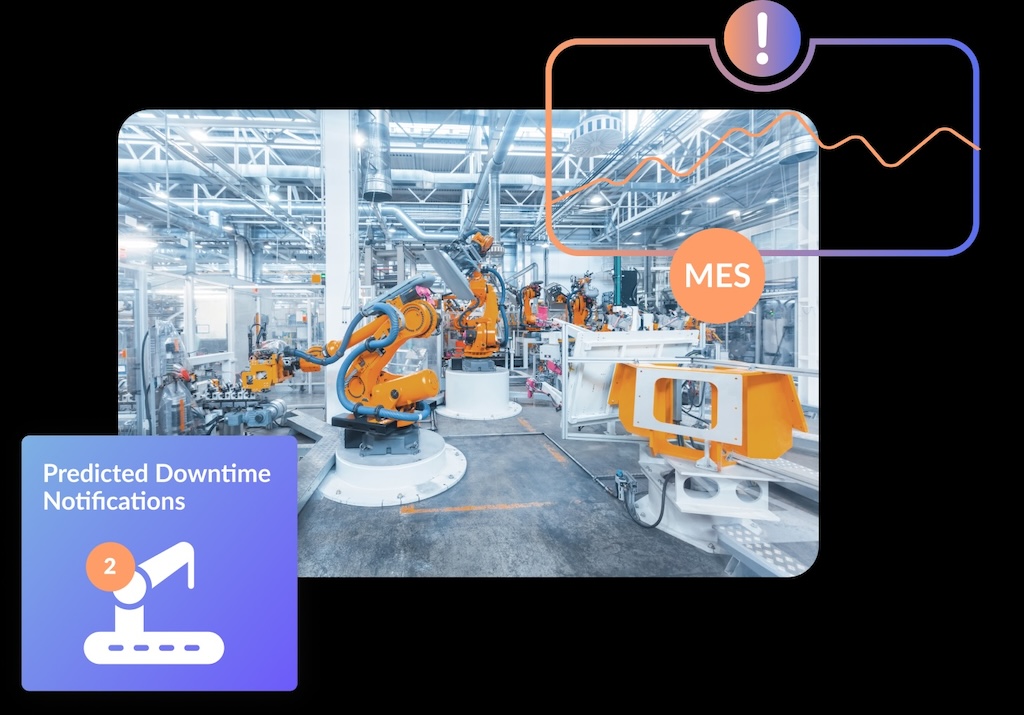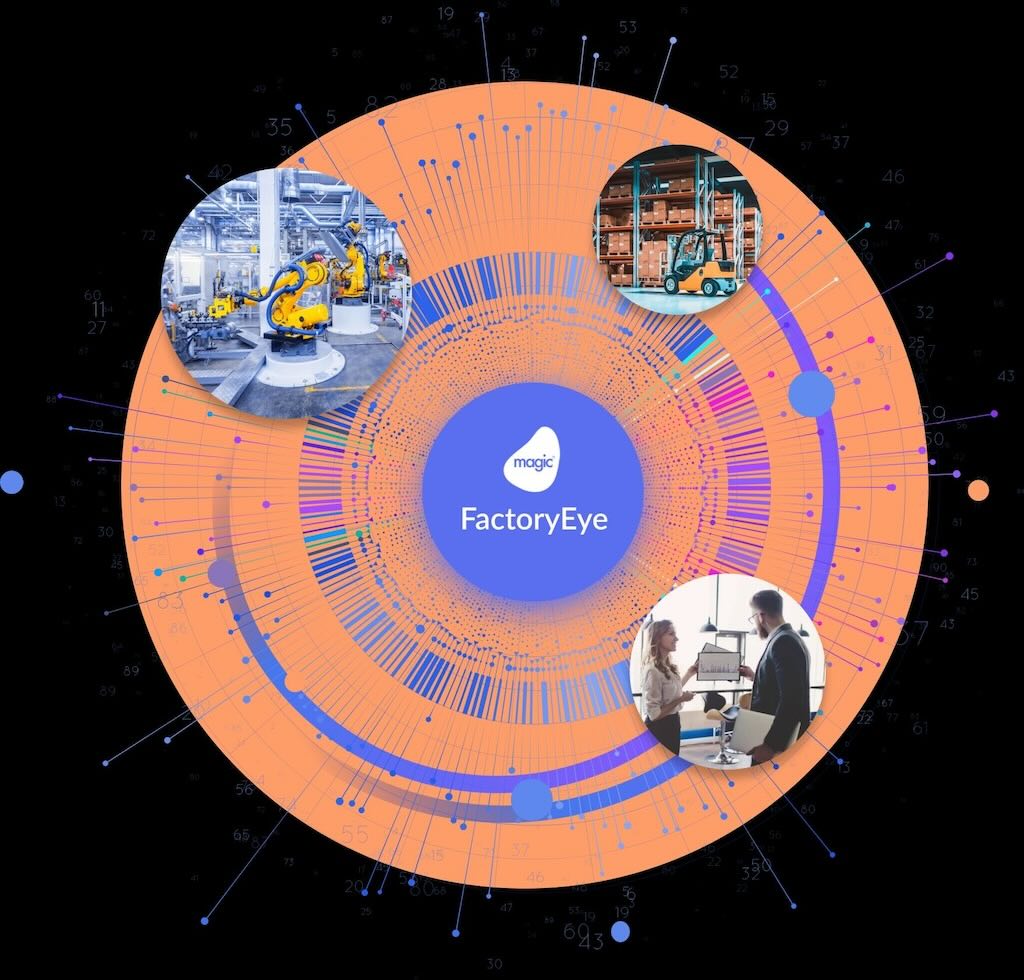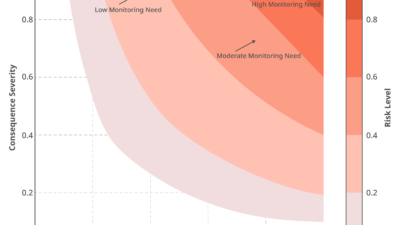When it comes to predictive maintenance, there are several common misconceptions and they can affect companies’ efforts to improve their operations.

Predictive maintenance insights
- Implementing predictive maintenance requires meticulous data preparation and unique machine-specific algorithms, dispelling the myth of easy plug-and-play solutions.
- Contrary to the belief that predictive maintenance eliminates failures entirely, it’s more about understanding and mitigating breakdowns efficiently over time.
Artificial intelligence (AI) and machine learning (ML) are impacting every industry and more companies than ever are beginning to invest in this revolutionary technology. According to a report by McKinsey, adoption rates have increased from 20 to 50% between 2017 and 2022. After seeing AI’s benefits for other companies, many manufacturers are eager to see what benefits it can bring to their factories.
One of the most enticing use cases for AI is predictive maintenance. With data from sensors and machinery on the plant floor, AI can analyze and detect how and when a machine failure or breakdown is likely to occur. The ability to detect and avoid failures proves to be a huge boost to manufacturers by preventing downtime and lost revenue.
While it’s easy to get excited about the benefits of new technology such as AI and predictive maintenance, it is important to go into a digital transformation project with all the facts. Before setting out on a predictive maintenance journey, know about the top five myths surrounding predictive maintenance:
Myth #1: Predictive maintenance is as easy as utilizing good data and applying a model
While it is true quality data is essential for predictive maintenance, the process is a bit more complex. Before the data can be used for predictive maintenance, it must be cleansed and prepared for modeling to reflect the specific needs and measurements of any factory floor. Once the unique data is ready, plant floor managers and technology experts must team up to define what a machine failure is, and to make the definition as explicit as possible, which is trickier than it sounds.

A simple definition of failure, such as, “When all the motors on a machine are not running,” is not distinct enough for predictive maintenance to be successful. Oftentimes, when the machine motors are turned off it is not because of a failure; the likely cause of a machine being turned off is for routine maintenance or when inventory capacity is met. However, if an ML model is only given a simple failure definition, like the one mentioned previously, it will not be able to distinguish between a true failure and innocuous downtime.
For example, a plant manager noticed a temperature drop before a significant failure, and it is believed this drop in temperature is what is causing the failure. However, the manager then recognized when the operators realize something is wrong with the machine, the go-to remedy is to turn on fans before turning the machine off. Therefore, the temperature drop is not what is causing the machine’s failure, but instead, it is a result of the operators working to prevent further damage. This is why it is vital to specify conditions to make a failure definition as explicit as possible.
Myth #2: Predictive maintenance is plug and play
Many manufacturers believe predictive maintenance should be applicable in the same way for each machine on the plant floor. The reality is, for predictive maintenance to work, a unique algorithm must be applied for each machine. For example, when a human wears an Apple watch, which uses machine learning, it can identify when they are doing actions such as exercise. An Apple Watch works on any human, right out of the box, but if one tried to take that same piece of technology and use it on a dog or cat, it will not work. They are too different.
Just as humans and animals are different, so is each machine on a plant floor. Identifying and indicating failure for each machine will be different. Additionally, most machines have customizations that were applied to them, which makes fine-tuning predictive maintenance even more important.
Myth #3: Predictive maintenance is ready to go from day one
When most people first hear about predictive maintenance, they want to implement it as soon as possible. After all, who doesn’t want to have their machines break down less often?
However, implementing machine learning is not as simple as merely downloading an application. Before jumping feet first into a predictive maintenance project, it is necessary to lay a solid foundation. This includes collecting enough data, cleansing and preparing the data, as well as defining the problem. By rushing implementation, manufacturers risk creating ineffective models and wasting time and money.

Myth #4: Predictive maintenance requires a full-time in-house IT team
The idea that predictive maintenance takes work can lead some manufacturers to abandon predictive maintenance almost as fast as they wanted to adopt it. Many mid-size manufacturers believe predictive maintenance requires having an in-house, full-time technology team to function properly. Though for many manufacturers, this simply is not in the budget.
Luckily, not having an in-house technology team does not mean predictive maintenance is out of grasp. To make predictive maintenance dreams a reality, manufacturers can partner with a company that offers a software-as-a-service (SaaS)-based platform that includes professional services packages to cover the initial setup. By partnering with an outside organization, a manufacturer can work with professional data scientists to set up the ML model for predictive maintenance on equipment.
Myth #5: Using predictive maintenance will eliminate failures
There is no denying predictive maintenance can significantly reduce machine failure, but it is not infallible. Unfortunately, whether from a human or a machine, there are some failures that are almost impossible to predict. Additionally, knowing a machine is going to break is only so helpful for a manufacturer. What is even more important than knowing a failure is on the horizon is learning why it is going to break down.
This is what separates an elementary predictive maintenance program from a mature one. Once a manufacturer knows why, then they can learn where preventative measures are required. By continuously monitoring and improving the ML models, manufacturers can greatly increase their accuracy and reduce downtime.

Facing the facts with predictive maintenance
Many of the myths shrouding predictive maintenance share a common root: predictive maintenance is easy. The truth is, the up-front work involved in successfully installing and maintaining predictive maintenance technology can make the rest of the production process seem easier since there is a reduced need for reactionary measures. Once the AI technology is in place on the factory floor, a dynamic workspace application can be installed on all management devices. That way, no matter if the plant manager is working at their desk or walking the factory floor, they will automatically receive alerts and be able to pull up dashboards and reports to quickly respond. Real-time visibility and actionable data from the entire manufacturing floor allows a plant manager to make timely and informed decisions as they learn from past patterns.



